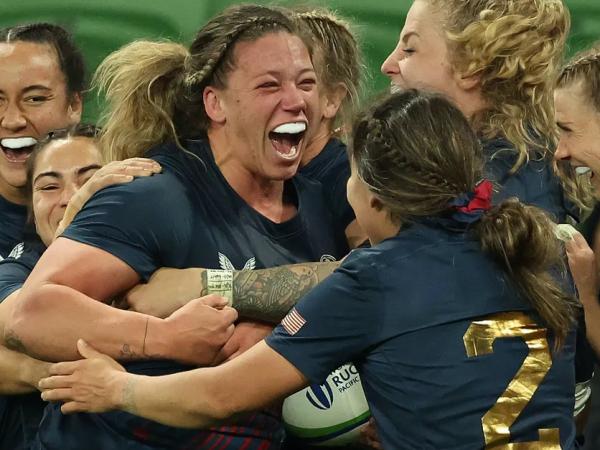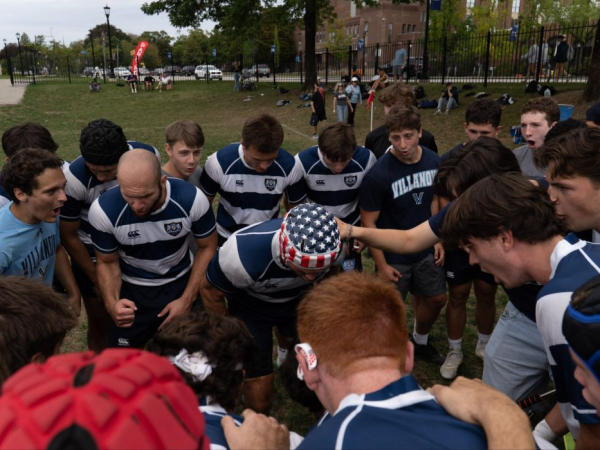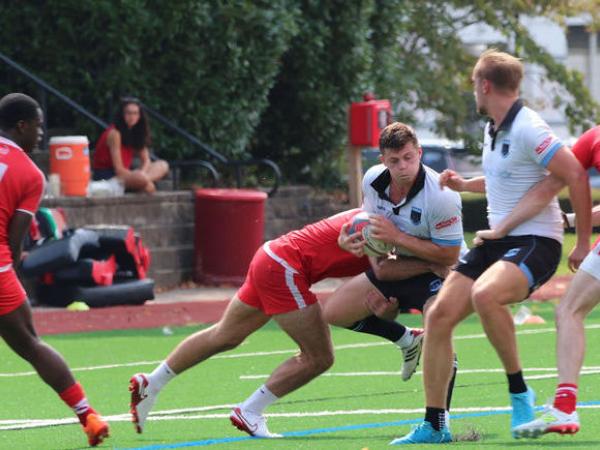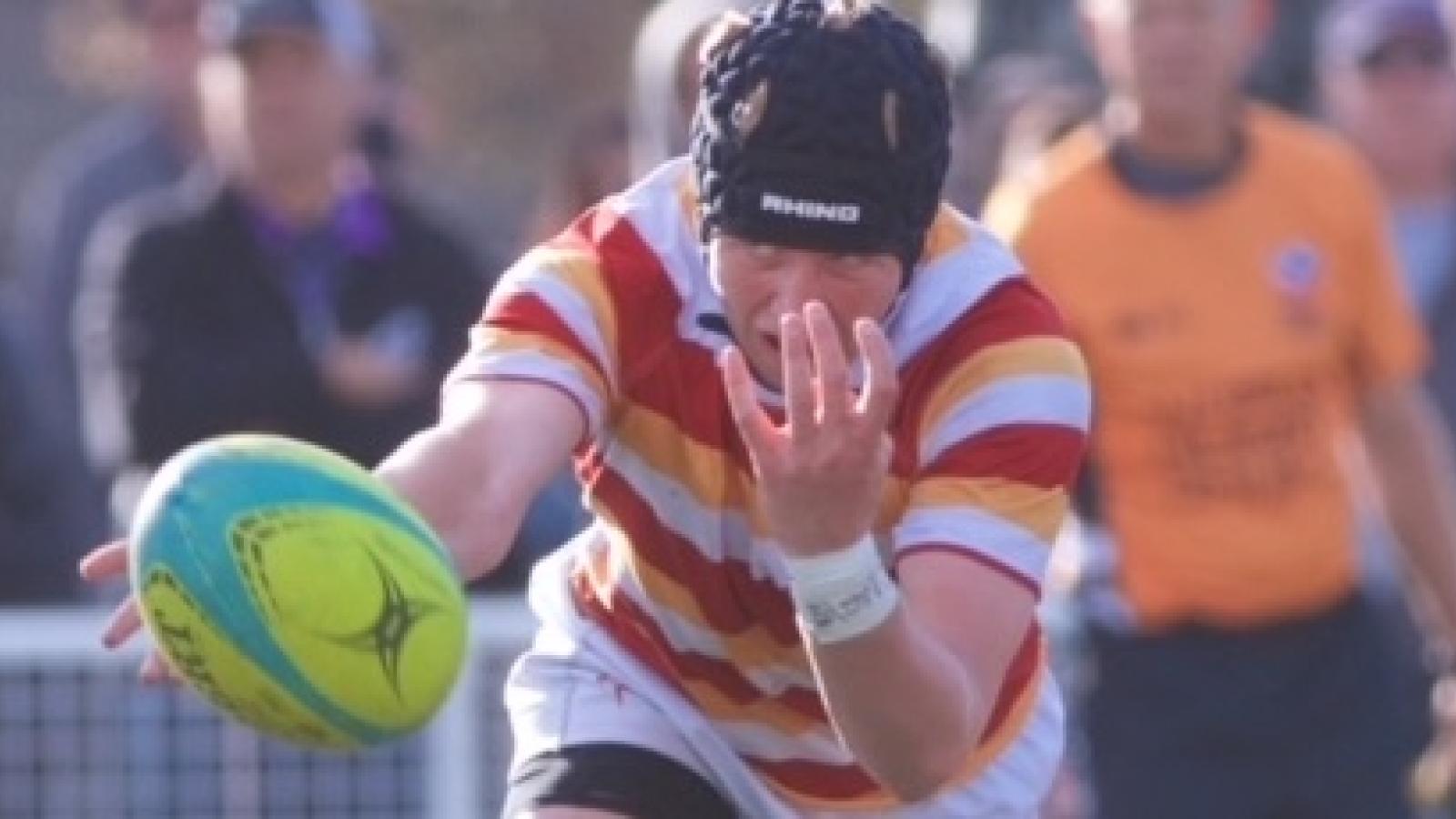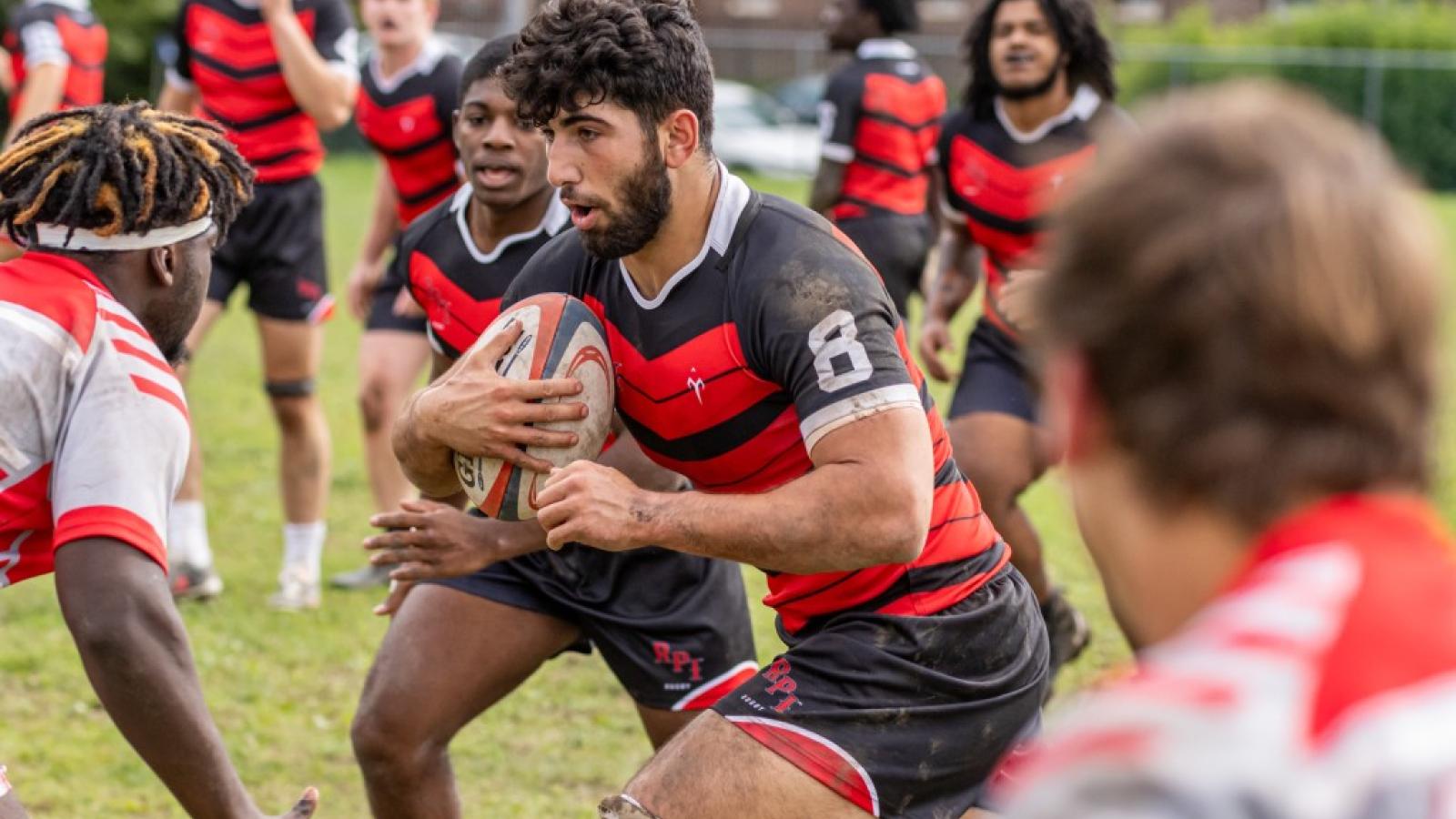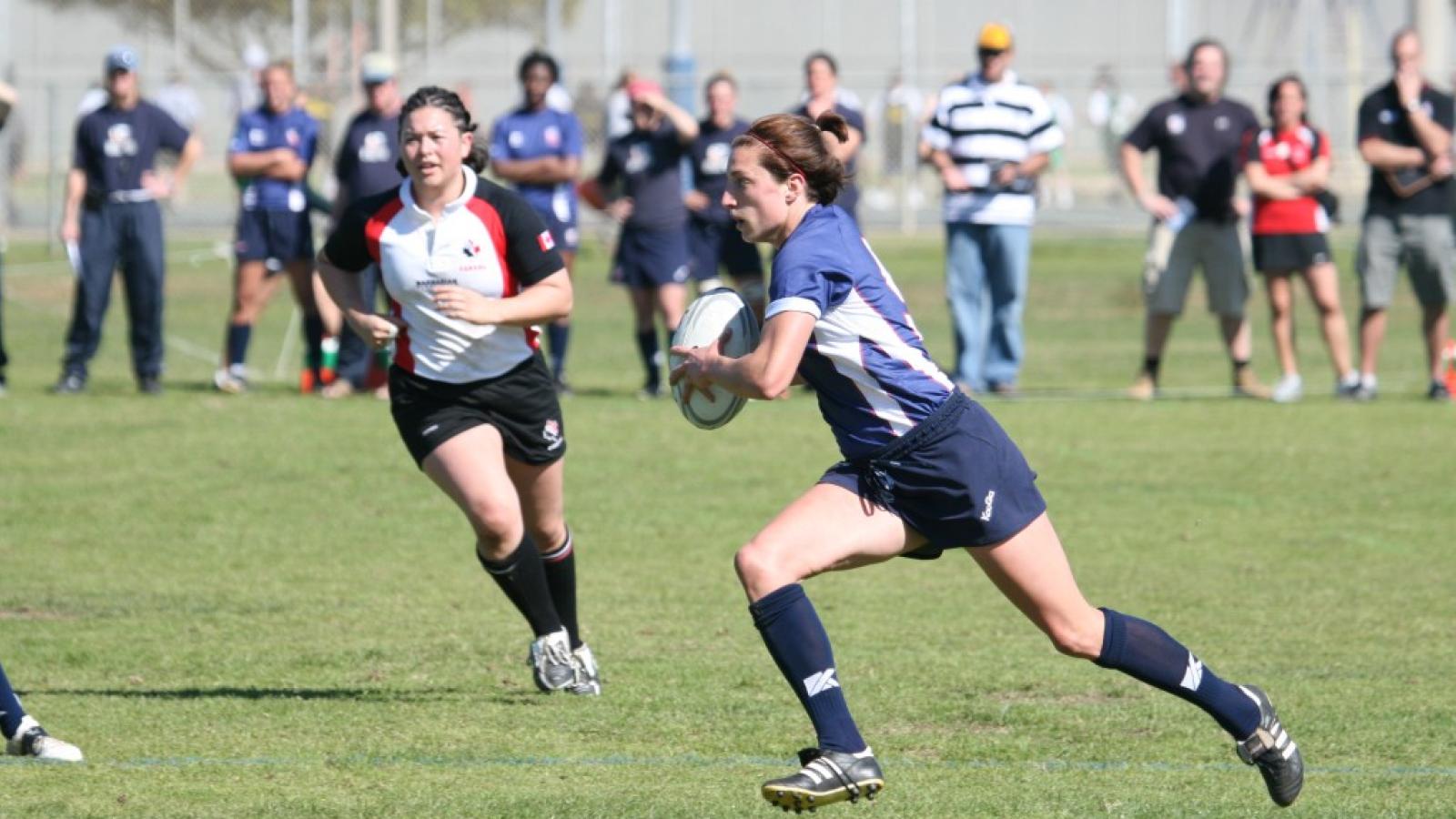This is an opinion column by GRR Editor Alex Goff—So I have been struggling with producing another commentary on COVID and how it relates to sports, young people, and rugby.
I recorded something some time ago but it didn't quite sound right to me. The issue is so very complex, and yet in some ways if very simple. In writing what I am writing now, I do so in the middle of the newest Big Thing which is the Omicron Variant, about which, frankly, we know little besides inferences and conjecture ... oh, and fear, don't forget fear.
I will start by giving you the conclusion of my video.
The idea around this original commentary was this: My own knowledge base includes a degree in European History and I studied significantly the time around the Great Plague pandemic of the 1660s, the one that really wasn't ended in England until the Great Fire of London incinerated most of the city and kind of burned away the filth and many of the carriers of bubonic plague that were in the city.
The journals of Samuel Pepys are a wonderful first-hand source guide for that period, and one think we all learned as students of that time and earlier times was that these ignorant silly people who didn't understand disease would close their windows and hide from the "evil humors" that floated in the air. Of course we, as educated modern students would laugh at this because any moron knows that you get fresh air and sunlight to keep you healthy and hiding in the damp and the dark just makes you sicker.
Huh. Funny. This current pandemic we have been told repeatedly to hide in our homes and not go outside. If you live in a nice spacious home like we always see on TV whenever they talk about shutdowns, then maybe it's not so bad. But what if you're one of the 20% or so of the US population that lives in an apartment? What if you're low-income and you live in a small apartment which shares its HVAC system with the rest of the building? What if you can't afford broadband internet or multiple devices so your kids can school remotely? What if the only chance you get for fresh air is the city park, but that's closed because "COVID reasons"?
It's unfair, it's cruel, and it's counterproductive. We saw examples of a region telling people they couldn't go anywhere, and then when COVID cases didn't trend downward, the governments doubled down on shutdowns and said people had to stay home more, instead of, reasonably, saying "that didn't really work, how about letting people be outside?"
Outside is good. Playing sports is good. Young people STILL do not really get the disease and do not really spread it or suffer from it. These are facts—the CDC says children 0 to 17 years old represent 0.08% of COVID deaths in the USA (and you know that all of those 630 deaths were of kids who were, unfortunately, really sick already). Meanwhile, according to Statistica, kids 0-17 years olf represented 2.9% of all influenza deaths for the 2019-2020 flu season. A likelihood of death 30 times that of COVID and we never, ever shut down school or sports or band practice or debate club because of the flu.
Both diseases are far, far more serious for older people, for obvious reasons, and yet we are making kids eat lunch sitting outside in the freezing cold but also telling them they can't play outside.
I won't go on; other than to say that I have not in my reporting encountered major problems with COVID within rugby for young people. Kids have played, tackled, rucked, and scrummed and done just fine. There is no reason, zero, to prevent kids from playing outside and playing sports. And in fact I will say it is damaging to prevent them from doing the things they love to do (and that includes band practice, drill team, dance, debate club, Dungeons and Dragons, or non-trademarked flying disc recreation).
And I urge you now to stand up and not let it happen again. You, as coaches, parents, players, students, and advocates, need to wield the data and the facts. Tell them how suicide attempts by young people rose dramatically during shutdowns (*-see citings below). Tell them what everyone knows—fresh air, sunlight, and interacting with people is healthy. (So is washing hands and not coughing or sneezing on each other, but we knew that too.)
Look at the data and be critical of how people characterize it. Cases can rise, but not hospitalizations and deaths, which means the variant(s) aren't as serious and it's not a reason to stop doing normal things. With Omicron here, you'll need to look at all this data. Right now we can see in the USA that cases bumped up somewhat in November and then are dropping again. Deahts have been trending down since mid-September. Hospitalizations were on the same downward trend but have risen in the last week.
New cases in Ireland have shot up, but hospitalizations only a little bit and deaths hardly at all. In South Africa cases are up sharply, but deaths have not risen. Germany has seen a sharp increase in cases and a relatively sharp increase in deaths. But Germany's biggest problem with fatalities was right in the middle of their biggest shutdowns. Just type COVID into your search engine and look at the data. It's not hard to look at, and it tells you things.
But overall, let's just not let them stop sports again.
* Journal of American Medical Association published this study on suicide attempts among among children during the pandemic. This is what they concluded—attempts went down early in the early lockdowns, and then went way, way up:
"The deseasonalized time series results showed that the number of suicide attempts among children decreased from 12.2 at the lowest level (July to August) in 2019, to 7.8 during the first lockdown period (March to April) in 2020 in France (−36%; Figure; Table). However, the number of suicide attempts among children increased substantially from the lowest and highest levels of 12.2 (July to August) and 22.5 (November to December) in 2019, to 38.4 just before the second lockdown initiation (September and October) and 40.5 (early November to December) in 2020 (+116% and +299%, respectively). This aberrant dynamic of suicide attempts was independent from its annual seasonality and its trend over the 10-year period, as illustrated by the significant remainder components we observed after March 2020."
The same sort of trend was observed in the USA by the CDC, especially among girls. Staying at home for a short time seemed a good thing, and then it got bad:
"Compared with the corresponding period in 2019, persons aged 12–25 years made fewer ED visits for suspected suicide attempts during March 29–April 25, 2020. However, by early May 2020, ED visit counts for suspected suicide attempts began increasing among adolescents aged 12–17 years, especially among girls. During July 26–August 22, 2020, the mean weekly number of ED visits for suspected suicide attempts among girls aged 12–17 years was 26.2% higher than during the same period a year earlier; during February 21–March 20, 2021, mean weekly ED visit counts for suspected suicide attempts were 50.6% higher among girls aged 12–17 years compared with the same period in 2019."














